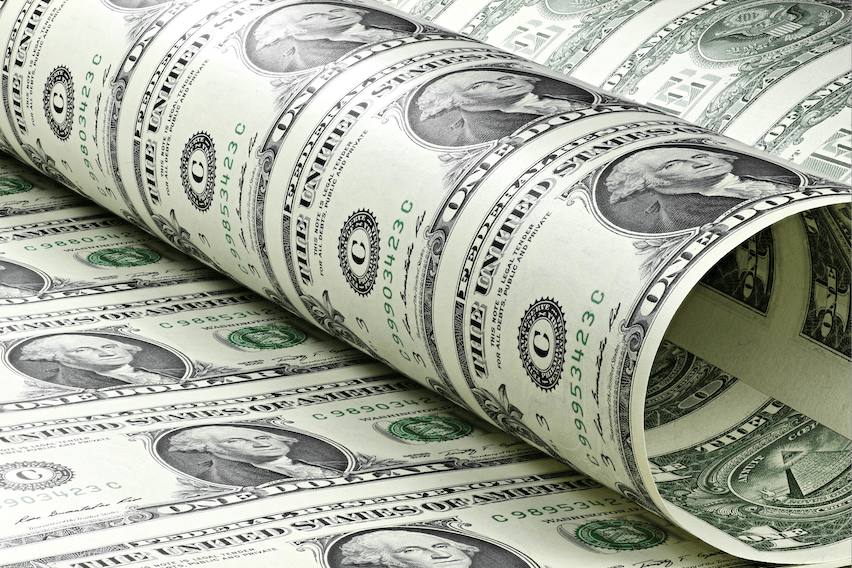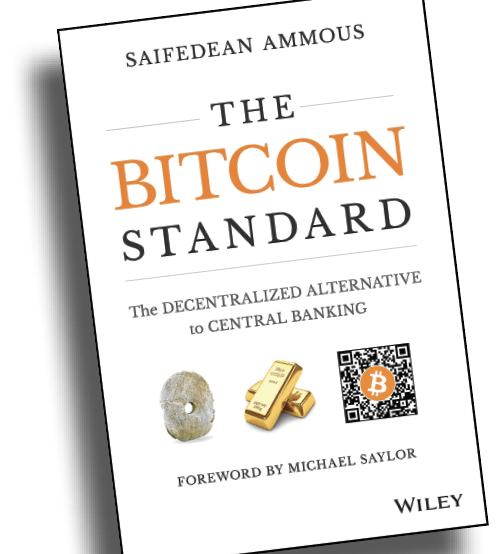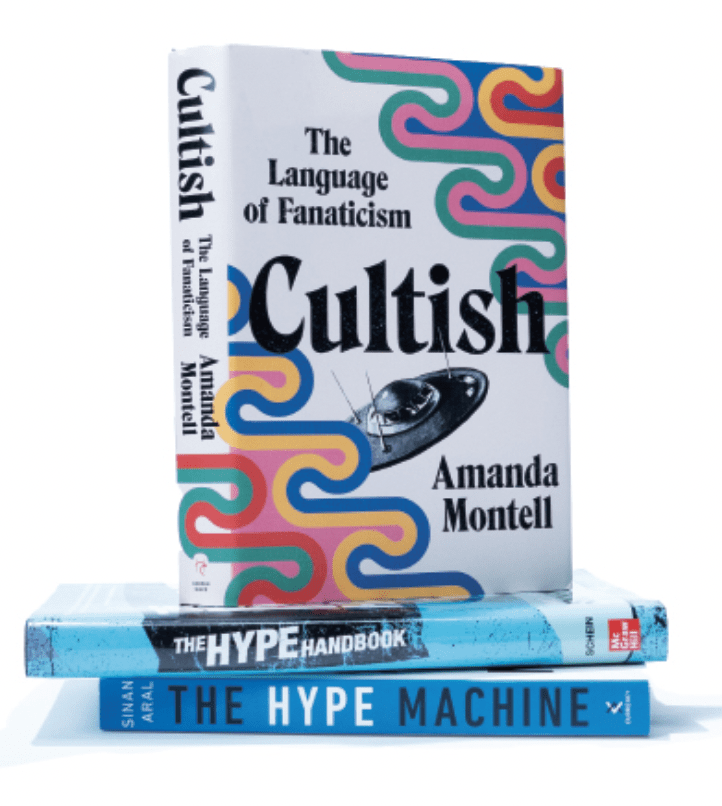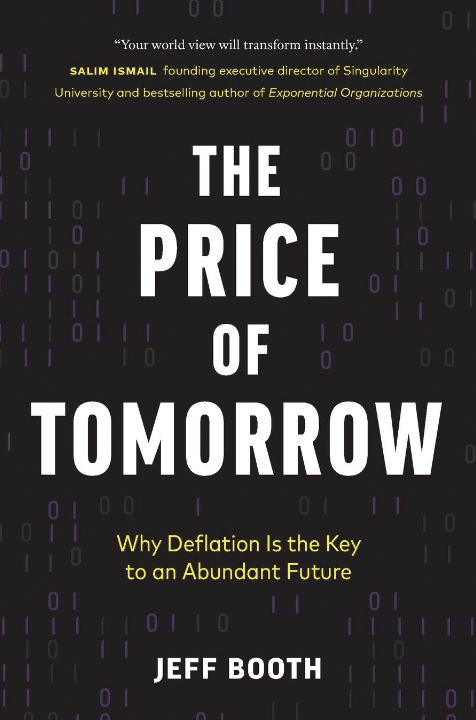My Three Decades with Elon Musk
Our resident technician reviews Walter Isaacson's new biography of the world's richest man
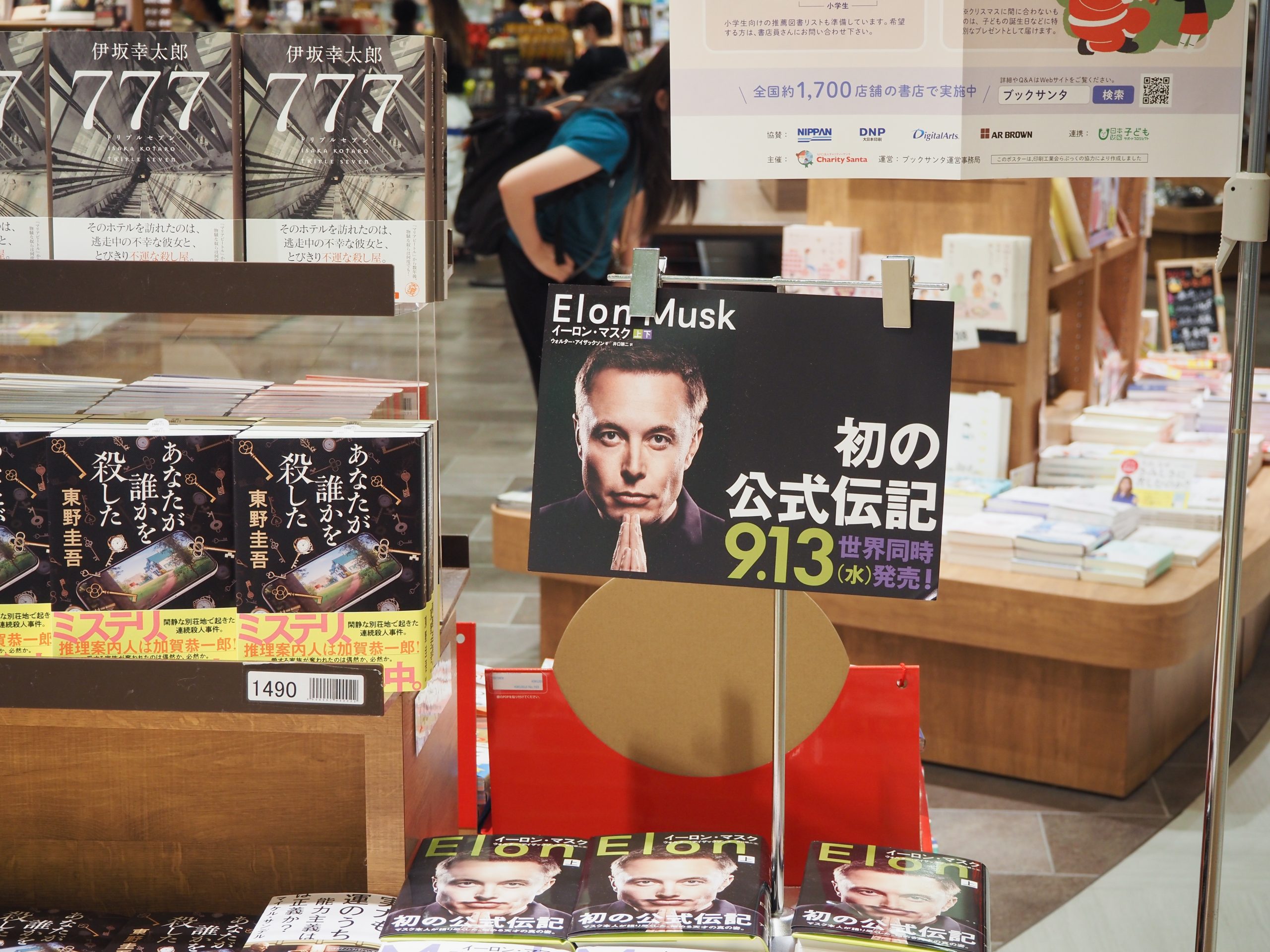
Tesla and Elon Musk, are no strangers to me. I first wrote about Tesla over a decade ago in this post, in which I praised my new Model S (170,500 miles ago). Just to prove I’m not an always-negative sourpuss, the last sentence I wrote in that lengthy review was “Elon has another winner on his hands,” and God knows that was the case.
I have composed many dozens of posts about Elon and Tesla in the years since, and my own family’s financial well-being is partly tied to the man now. Thus, I was excited to see famed biographer Walter Isaacson would soon publish his Elon Musk biography, which I pre-ordered months ago. I’ve been reading it every night since it arrived a week ago, and I have some opinions.
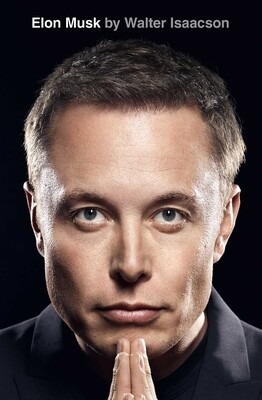
The “TLDR” version, if you’re so busy you don’t want to read my deeper dive, is that I’d give the book 4.5 out of 5 stars and enthusiastically recommend buying it and reading it. My only complaints about the 600+ page book are these: I could have done without so much detail on the bits and pieces that go into the SpaceX rockets (they could have trimmed 10 pages easily) and second, the book really fizzles out near the end, when in fact there could have been a terrific crescendo. Instead, it just sort of … stops.
I’m going to be lazy and just bust up my thoughts into various bullet points in no particular order. Here we go.
My Elon bona fides
For most people, Elon Musk wasn’t on their radar five years ago. I’ve got them beat by decades.
I first met Elon on Palo Alto’s University Avenue in the 1990s. He had just started a company called X.com (yep, same domain) which was going to be an online bank. I wanted my tiny startup, Prophet, to supply him with charts. It turns out they didn’t need charts, but at least I got to meet him and shake hands with the man. I can tell you that, even then, he was just as odd and quirky as he is now, even though he was “only” worth about $20 million at the time.
I’ve seen him a few times since then, but not one-on-one. One crazy thing I realized a few years ago was that, by chance, my family rented the exact same house that Elon and Justine (his first wife) lived in. Back in 2004, we were doing a major remodel, so we rented a house on Ramona Avenue. This video shows Elon taking delivery of his McLaren F1 in 1999 in front of the exact same house. He would, incidentally, completely crash and ruin this one-million-dollar car shortly after he took delivery.
As the post mentioned at the top stated, I bought my own Tesla Model S in 2013, and I was absolutely crazy about it. Plus, I didn’t total it; at this very moment, it is sitting in my driveway, ready to roll.
Steve and Elon
For many reasons, Elon has been compared to Steve Jobs, sometimes being described as the “new” Steve. These two men have several items in common (and I’m not drawing these from the book; it’s just from my own knowledge):
- They both had a very troubled relationship with their biological fathers.
- They both established their fortunes in their early 20s.
- Both were famously difficult as bosses.
- They both worked their asses off.
- Each miserably failed his first serious relationship. In Musk’s case, the result was his first divorce—from Justine Musk. In Jobs’ case, he fathered his daughter, Lisa, out of wedlock with Chrisann Brennan and spent many years ignoring Lisa.
He almost died (physically) a bunch of times
One revelation in the book is how close Elon has come to death, from his danger-filled youth and into adulthood. One example is when he contracted a rare form of malaria and was literally hours away from death. That was one of probably four or five times Musk could have departed from this Earth. So, despite being non-religious, he seems to have a powerful guardian angel always looking over him. (The most religious thing he did in the entire book was drop to his knees and pray preceding a particular SpaceX launch).
He almost died (fiscally) a bunch of times
Elon also came remarkably close to getting absolutely wiped out financially, especially in 2008. The man has a staggering tolerance for a “bet the house” levels of risk. Indeed, if there’s one theme to draw from the entire book, it is that he cannot leave well enough alone. If he turns a thousand into a million, he’ll bet the million. If he turns a million into a billion, he’ll bet the billion. If he winds up the world’s first trillionaire (which might happen one day), I’m sure he’ll find a way to risk that as well. He simply cannot tolerate steady, calm seas. He’s got to “level up” every single time, whether it’s an imagined emergency or a new, ostensibly urgent, project.
Elon’s has incredible intuition
One thing Elon has in common with my wife is that he tends to always be right, even with stuff he knows almost nothing about. Example after example in the book shows him throwing out some kind of decision which flies in the face of all the data and expert opinion, but since he’s the boss, they go ahead and do what the man says. And, annoyingly, he’s right almost every single time.
Errol Musk is a monster
Perhaps you’ve read about Elon’s father in the press from time to time. He’s a horrible man, from what I’ve read. He was emotionally abusive to everyone around him, especially his children. And judging from interviews with the guy, he seems borderline mentally ill. The breaking point for Elon was when Errol Musk impregnated his own stepdaughter (a feat he’s done twice, it turns out), which makes Woody Allen seem like the Father of the Year. It’s no surprise that Elon turned out, shall we say, quirky. His mom, Maye, incidentally, is cool beyond measure.
The book is mostly about SpaceX
Tesla is by far Elon’s most famous and valuable creation. Despite this, where the book spends time taking an inside look at Elon’s various businesses, it focuses mostly on SpaceX. To be clear, SpaceX is an incredibly successful company, transporting more cargo into space than all the other companies in all the countries of Earth combined, and its story, particularly in the early days, is gripping.
I was surprised, however, how much information about Tesla was skipped. In fairness, the book would be over 1,000 pages long if it were truly thorough, but there seems to be an excess of information about SpaceX, including way too much detail on the bits and pieces that go into a rocket which I doubt most people care about.
Thirty people in one body
If Elon had, in a different life, only created one company—let’s say one of the lesser-known ones, like NeuroLink—he would still have been on the cover of business magazines. However, Elon has somehow managed to cram the productivity and success of about 30 hyper-successful men into a single body. It’s honestly other-worldly that he manages Tesla, The Boring Co., NeuroLink, SpaceX, X.ai, and God knows what else. Even if he got absolutely no sleep, it would seem impossible to do as much as he does without losing his mind.
From idea to implementation in hours
Another striking reality in the book is how little time it takes for Elon to go from (1) some passing thought to (2) doing something about it. There’s an example in the book about Musk driving through difficult traffic and wishing he could just create a tunnel and bypass all of it. He called one of his lieutenants and told him to immediately purchase whatever equipment was used to make tunnels so they could mess around with it. A total of two hours transpired between a passing thought and Elon having millions of dollars of tunnel-boring equipment in front of him for experimenting and more brainstorming.
Elon expects others to be all in
As is clear, Elon Musk works his ass off. However, he expects others to do the same. The reason he canned 80% of Twitter’s staff is because, like most Silicon Valley companies, Twitter had a ton of people just relaxing, enjoying their free meals, and just kicking back while the direct deposits flowed into their account. This isn’t the kind of behavior he can abide (nor would I) so he nuked them all.
I can tell you from many anecdotes, he wants people, especially senior people, to care as much about what he’s doing as he does. His favorite word when it comes to employees is “hardcore”, which I realize flies in the face of our modern world in which human beings are pampered, stroked, acknowledged for their wonderfulness, and paid no matter how utterly useless and brain-dead they are. Elon don’t play that.
Cheap, cheap, cheap!
Despite being the richest man in the world, Elon is steadfast about thrift. He wants to save a buck anywhere he can. There are dozens of examples in the book showing instances in which a given product normally would be bought for $X, and Elon’s team would manage to buy it for 1% of $X.
This goes for big companies, too. Because government dependents like Boeing can get away with it, they are bloated, wasteful organizations which will happily pay a hundred times what they should pay, just because thrift involves effort. One of the reasons SpaceX is so successful is because they aren’t the obese hogs that typically feed at the government trough. They are a mean, lean, space-faring machine.
In summary
Overall, reading this biography was a tremendous pleasure. As I mentioned earlier, the final 5% of the book really started to flag, and I was surprised the author didn’t create some kind of grand “wrap-up” chapter to summarize the themes in the book and to look ahead to Elon’s future. Instead, Isaacson just sort of stops writing about stuff once he’s at the present.
Despite this shortcoming, I heartily recommend you purchase and read it, as I did. Although he was born in South Africa, I consider Mr. Musk to be my idea of a truly great American.
Other reviews
- 4.6 out of 5 stars on Amazon
- 4.5 on Goodreads
- #1 on the New York Times Bestseller list
Tim Knight,a charting analyst with 35 years of trading experience, hosts Trading Charts, a tastylive segment airing Monday-Friday. He founded slopeofhope.com in 2005 and uses it as the basis of his technical charting and analysis. Knight authors The Technician column for Luckbox magazine.



